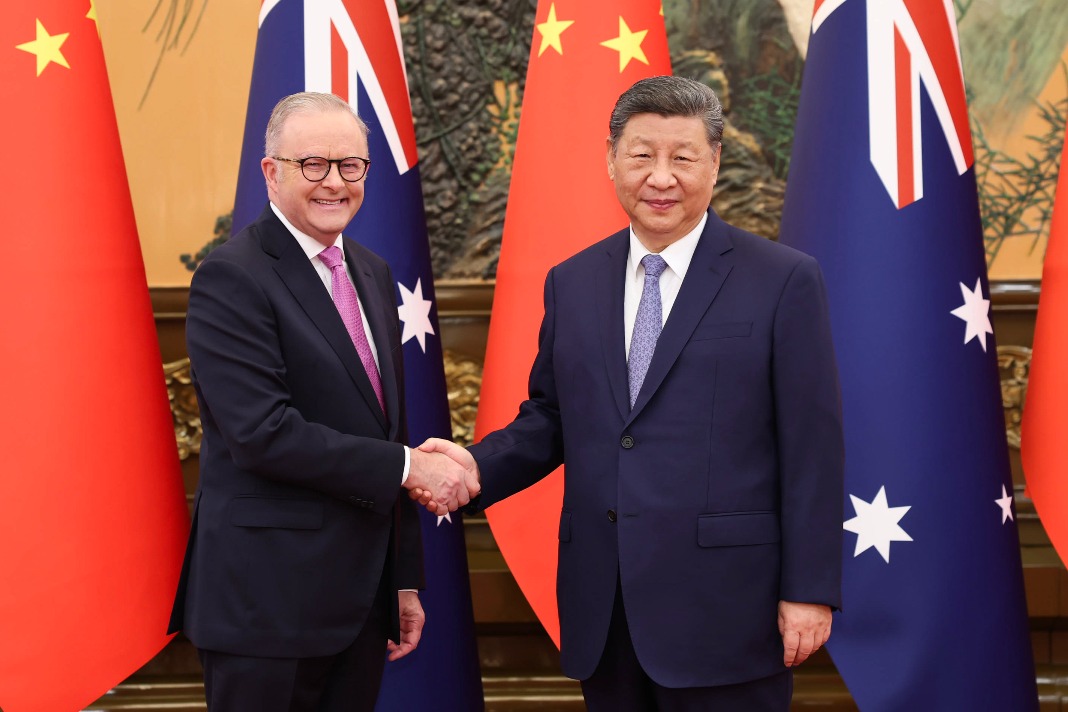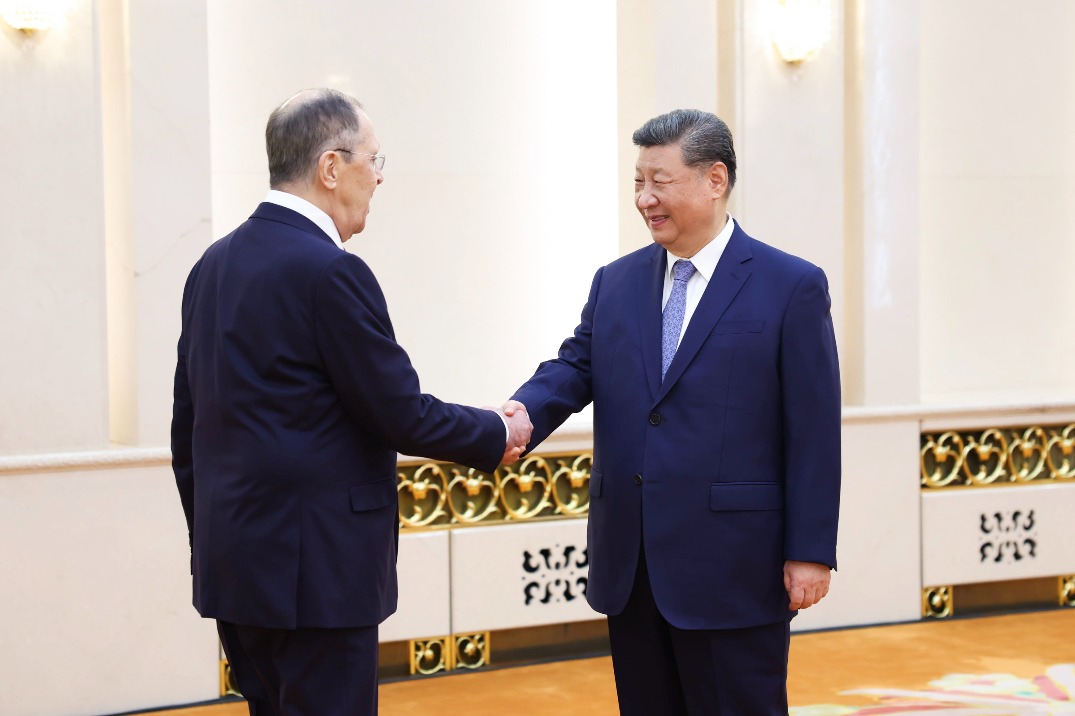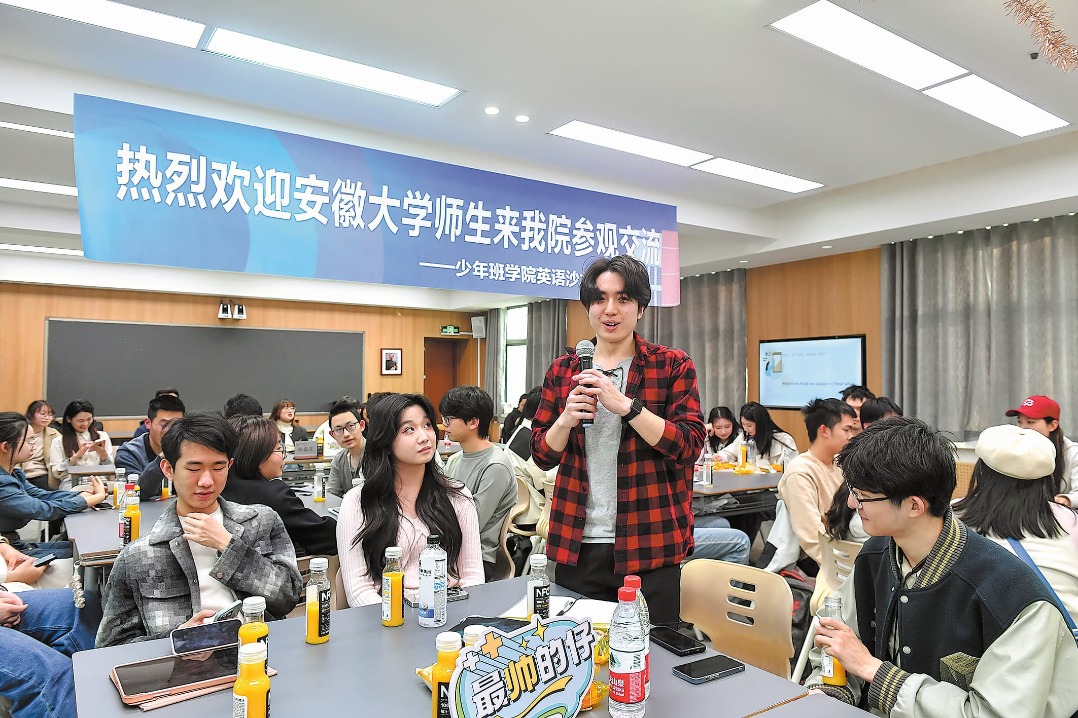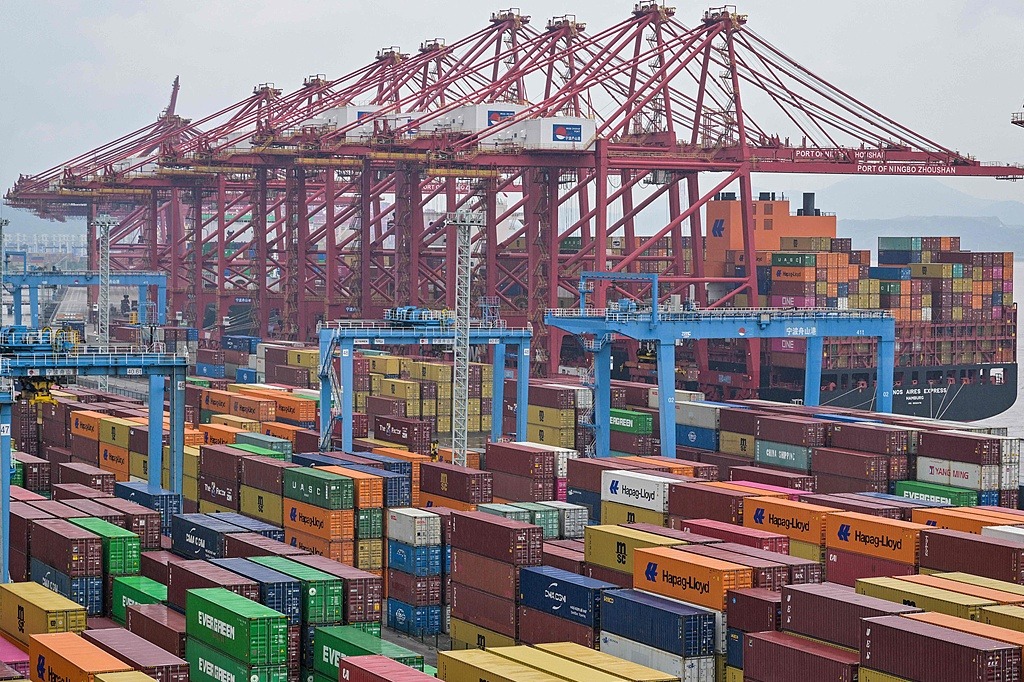'TikTok refugees' prove the digital world is flat

As TikTok awaits the US Supreme Court's decision on whether it can continue to operate in the United States, the huge flow of US TikTok users to Chinese social media app Xiaohongshu as it is called in Mandarin, proves that the world is indeed flat in the digital age.
With the app's existence threatened, "TikTok refugees" have emerged. By threatening to block TikTok, US politicians are only driving its users to other social media platforms.
By proposing the ban on TikTok, US politicians have provided China with an opportunity to increase cultural exchanges with the rest of the world. For too long, US social media platforms such as X(formerly Twitter), Meta (formerly Facebook) and YouTube have dominated the social media landscape.
By threatening to ban TikTok, US politicians have helped Xiaohongshu, a Chinese platform, to go global and that's an opportunity Xiaohongshu should make the most of. It's time Xiaohongshu optimized its app, and improved its network services so that more US users can enjoy its content.
Further, while Xiaohongshu's original user base was mostly Chinese users, the inflow of "TikTok refugees" opens a channel for it to spread Chinese culture around the world.
More US users will get to know what the Chinese are talking about and make friends with the latter online, further bridging the cultural gap across the Pacific.
Xiaohongshu marks only the start for more Chinese social media platforms to get more US users. WeChat, Sina Weibo, Douyin, Kuaishou should all prepare so they can be bridges for Sino-US cultural exchanges.
Today's Top News
- Urban renewal beyond economic growth
- Xi meets Russian FM in Beijing
- Xi meets heads of foreign delegations attending SCO council of foreign ministers meeting
- Xi addresses Central Urban Work Conference, listing priorities for urban development
- China reports 5.3% GDP growth in H1
- China handles 95 billion parcels in first half of year






























